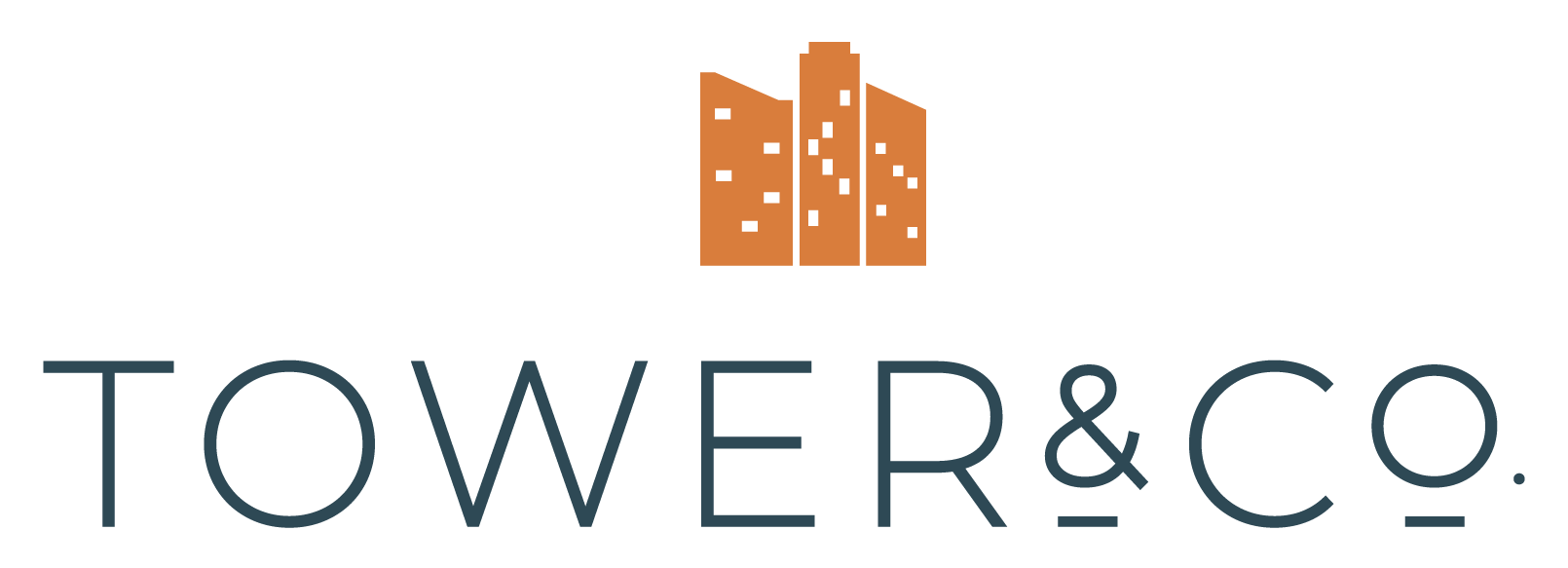The Best Career Advice I Ever Received
I received the best career (and life) advice when I was 21 years old and starting my first job out of college. The advice was, “Whenever you encounter a problem, think of three solutions.” At the time, I didn’t realize what a gem it, but I filed it away in the back of my mind.
A few months into the role, I encountered a problem that didn’t seem to have a clear solution to me. I was on an assignment and had to get an ad into a newspaper for a client and the deadline was that day. I couldn’t leave the office unmanned, and a check in the mail wouldn’t arrive until the next day. I talked with the newspaper, and they were unwilling to make an exception to the deadline.
I felt stuck, and since the newspaper wasn’t willing to work with me on the deadline, I most certainly was in an unproductive conflict with my contact at the newspaper. I called up my boss, who was several hundred miles away, and asked for help. After explaining the situation, she asked me, “Well, what solutions have you thought of?”
I saw only two possible outcomes: the newspaper is willing to accept the check a day late, or the ad doesn’t run on time. To top it off, I was livid at the newspaper for what I perceived as their inflexibility. After some discussion, my boss suggested a third option: I mail off the check to the newspaper and fax a copy of the check to the newspaper to demonstrate good faith. The newspaper accepted the solution, and the ad ran on time.
Later, I admonished myself for failing to think creatively and come up with a solution on my own to what was a fairly small stumbling block in the grand scheme of things.
I’d fallen into the trap of binary thinking, stuck by the illusion of false choice fallacy. I thought there were only two possible outcomes, when of course there were many more ways to solve the problem.
False Choices Are All Around Us
False dualistic thinking is so prevalent in our society, and we have several systems that support this false dichotomy:
The courts pit a plaintiff against a defendant.
Gender is often defined as male or female.
If you don’t vote for the Democratic candidate or the Republican candidate, you’re “throwing your vote away.”
This theme resonates throughout our culture as well:
“Good vs. evil” remains a common trope in movies, television and other stories
In our most popular sports (including basketball, college football, baseball, hockey and others) two teams are pitted against each other with only two possible outcomes: winning or losing.
Arguably the most popular American poem of all time, The Road Not Taken by Robert Frost, is built around two mutually exclusive (and false) choices:
Two roads diverged in a yellow wood, And sorry I could not travel both…
With so many examples of the false choice dilemma around us, it’s no wonder that we can fall into this type of thinking when it’s not particularly helpful. Indeed, it can often be harmful. Binary thinking can encourage conflict and polarization between parties, since the only choices available are to dominate or to submit.
Binary Thinking and the False Choice Fallacy
We suffer from the false choice fallacy when we assume there are only two choices, which are mutually exclusive. In reality, there may be many more ways to solve the problem.
While our tendency for dualistic thinking may help us make a quick “fight or flight” decision in a life or death situation, it also can limit our growth, limit our possibilities, and create unnecessary and unproductive conflict.
And that’s why that small piece of advice is so helpful: it’s an exercise in pulling yourself out of dualistic thinking. It’s easy to come up with two solutions to a problem – our brains are highly trained in doing just that. But, it’s when we allow ourselves to think beyond a binary set of options, we tend to make real progress.
I’ve applied this exercise to training discussions on numerous occasions. I ask a group of people to work together to choose an organizational problem that they experience. Commonly selected problems include people not communicating effectively with one another, broken processes, and conflicts that arise from natural differences in agendas (sales vs. operations, for example).
Then, I ask the groups to come up with three solutions to the problem. The groups often get stuck at two solutions, typically two solutions that they have already tried or are politically untenable for one reason or another. (After all, this is a problem that has not yet been resolved.)
However, if the group is able to produce a third solution, suddenly fourth, fifth, and sixth solutions come pouring out, and a workable solution is found somewhere in the mix.
Next time you’re faced with a problem, stop and consider three solutions. It might be the difference between collaborating instead of winning and losing.
